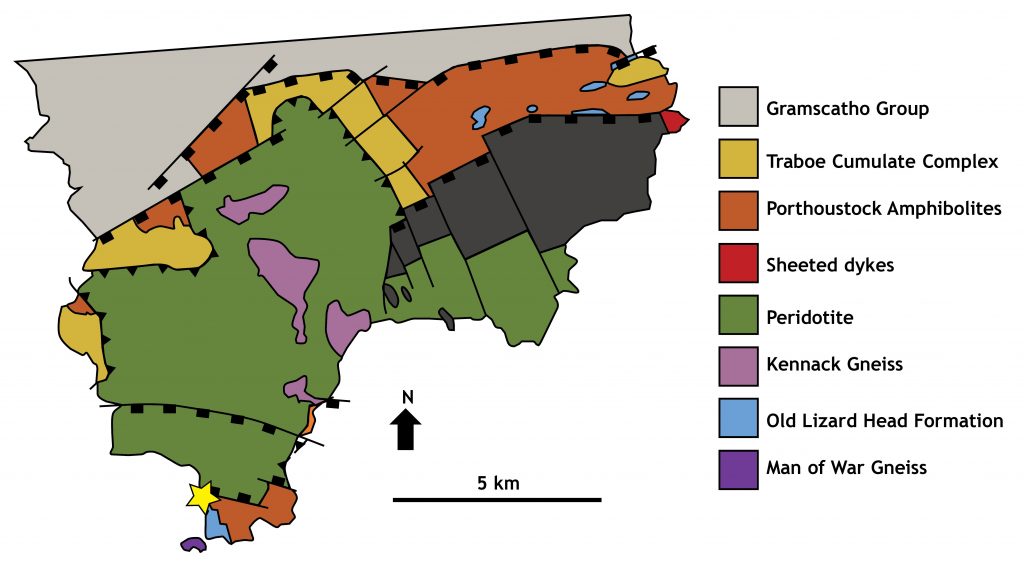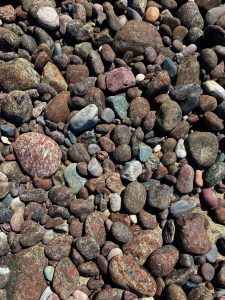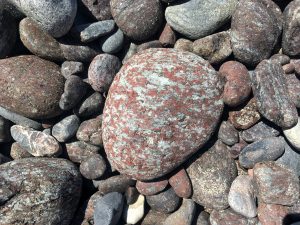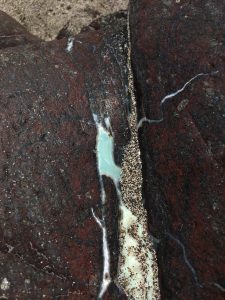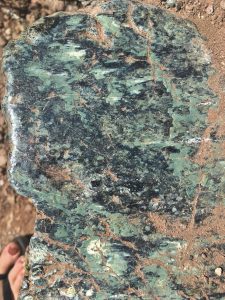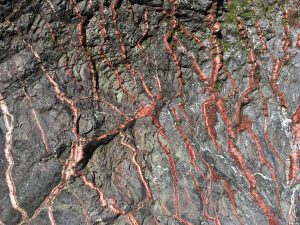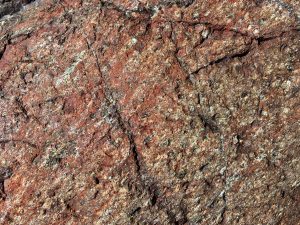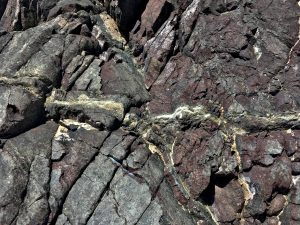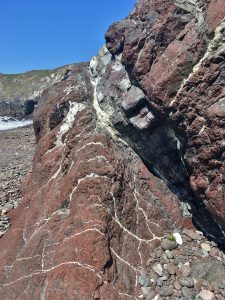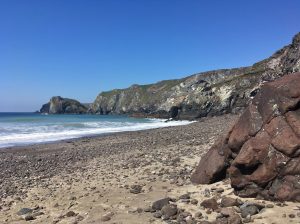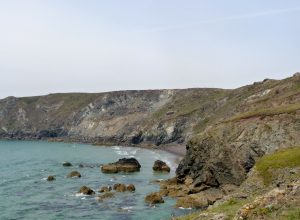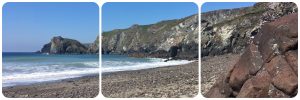
Highlights: Old Lizard Head Series schist, serpentinite, circular failure
Location: SW 6930 1275
What’s nearby: Kynance Cove, Lizard Point
Conservation: Area of Outstanding Natural Beauty (AONB), Site of Special Scientific Interest (SSSI). No hammering or collecting at any time.
Information here is provided for reference only. You should ensure that you have permission from the landowner and take safety precautions when visiting sites.
Gallery of key features
Further Reading & References
- Cook CA, Holdsworth RE and Styles MT. 2002. The emplacement of peridotites and associated oceanic rocks from the Lizard Complex, southwest England. Geological Magazine, 139 (1), 27-45. [PDF]
- Kirby GA, 1979. The Lizard Complex as an ophiolite, Nature, 282, 58-61. [Link – £]
- Nutman AP, Green DH, Cook CA, Styles MT and Holdsworth RE. 2001. SHRIMP U–Pb zircon dating of the exhumation of the Lizard Peridotite and its emplacement over crustal rocks: constraints for tectonic models, Journal of the Geological Society, 158, 809-820. [Link – £]
- Shail RK and Leveridge BE. 2009. The Rhenohercynian passive margin of SW England: Development, inversion and extensional reactivation. Comptes Rendus Geoscience, 341 (2-3), 140-155. [Link – £].
